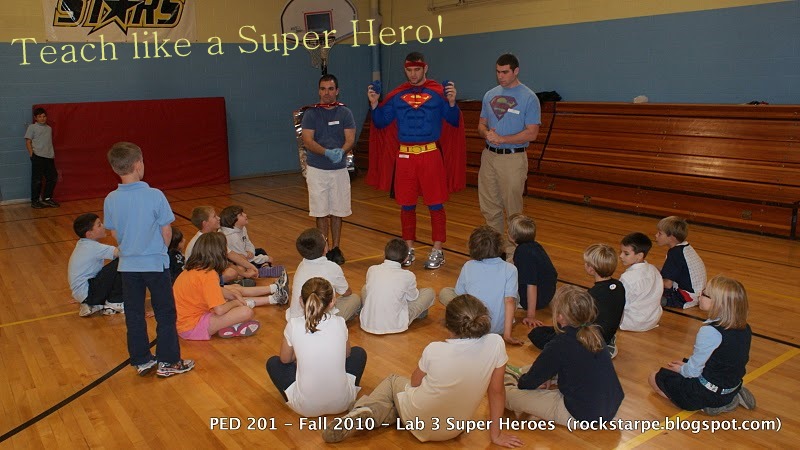My professor gave me an electronic matching game that I could use with the children inside of the classroom. This game was a hit. As soon as I walked into the class with a bag the children seemed instantly drawn to me. In each classroom I had about seven kids that were constantly around playing the game. It was kind of difficult to explain the concept of space to the children, because the game called for an open playing are. The children tended to bunch up around me, so I made use of the carpet we were using. I use a circular carpet with different shapes around the outside. I instructed each child to seat on a shape and that would be there shape. I had never really thought of using a technique like that before, but it really worked and allowed for a nice structured environment.
In all my Experience during this lab was positive. I will miss going to St. Mary's; the knowledge I have gained from there will most definitely be something I will keep with me forever.


